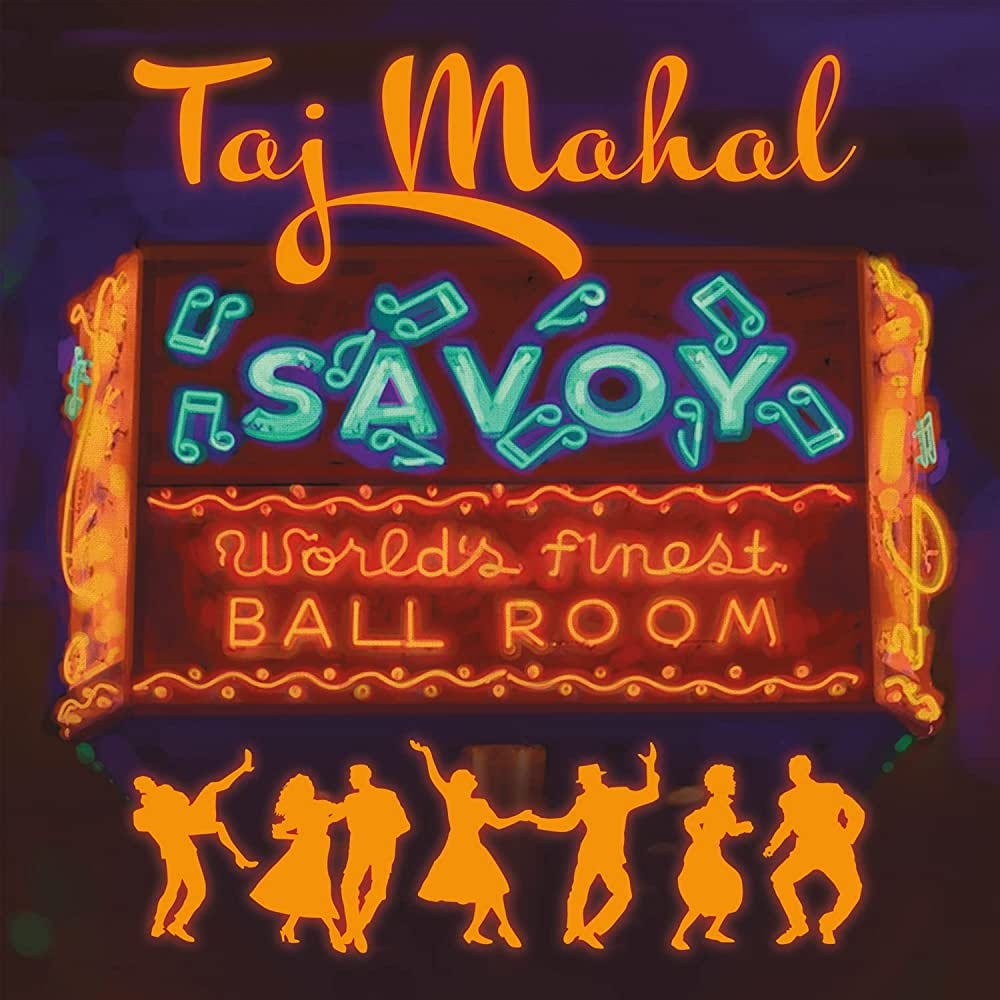
I recall becoming aware of racism at around 8 or 9, as adults felt free to use racial epithets and cruel, racist language around a blond haired, blue-eyed boy from the white suburbs. Their loud, judgmental proclamations simply registered as nonsensical to me. How could people with dark skin be bad if they made music like “Buck Dancer’s Choice?”
Blues legend Taj Mahal is 81 today. Growing up in Kansas City in the 70s and 80s, my father was an audiophile and big Taj fan so I have heard all of his recordings. Indeed, I decided to learn the guitar after hearing “Buck Dancer’s Choice” from his 1973 album Oooh so Good ‘n Blues. The recording is just solo Taj playing old blues standards; it sold few copies and went out of print.
Oooh so Good ‘n Blues changed my life. I would listen for hours to the sound of his guitar, which sounded true and magical compared even to titans such as Zeppelin and Clapton. It is this song, “Buck Dancer’s Choice” that created my love for the six string.
I also recall becoming aware of racism at around 8 or 9, as adults felt free to use racial epithets and cruel, racist language around a blond haired, blue-eyed boy from the white suburbs. Their loud, judgmental proclamations simply registered as nonsensical to me. How could people with dark skin be bad if they made music like “Buck Dancer’s Choice?”
People of a certain age may know Taj from the soundtrack to the 1972 classic film “Sounder” starring Cicely Tyson and Paul Winfield, 1969’s cover of Carole King’s Take a Giant Step, or stealing the show from the Rolling Stones, John Lennon, and Eric Clapton at 1968’s Rolling Stone’s Rock and Roll Circus.
Then again, he may be best remembered for the greatest children’s album in history, 1988’s Music for Young People.
Taj ventured far and wide in his musical influences, from Africa to the Caribbean (his father was a Jamaican musician), as evidenced by “Walker’s Cay” (1977) and “The Calypsonian” (1998). He moved to Hawaii in 1981 and incorporated the Delta Blues into Hawaiian music and created the “Hula Blues” sound.
Taj never stopped finding new partners and new ways to make music, creating a discography befitting a legendary musical journey.
Savoy is a loving throwback to the sounds of the swing jazz big band era. With guest vocals of Maria Muldaur on “Baby It’s Cold Outside” and Evan Price’s violin on two tracks, the album covers 14 standards composed by the likes of Duke Ellington, Louis Jordan, George Gershwin and Louis Armstrong. Taj said:
I heard [the songs on Savoy] as a kid when all of those people who made those musics were alive and speaking to us through the records. Those weren’t just records to collect. Those were like listening to your relatives, your uncles, your cousins, your grandparents speaking to you through that medium, the medium of music.”
“The music was good then. It’s going to be good now,” concludes Taj, “especially when you got people who really respect what it is. Also, [who] respect the gift they’ve been given. It’s a gift to be able to play music, art, dance, write, do science, whatever, ‘cause you’re contributing to humanity. What you’ve been sent to do, that’s the whole thing.
A master, musical storyteller Taj begins “Stompin’ at the Savoy” by explaining it was at that iconic Harlem destination that “my daddy met my mama and my mama met my daddy, listening to Ella Fitzgerald.”
“Savoy” features top studio musicians who provide an inspired supporting performance, composed of Danny Caron on guitar, Ruth Davies on bass, John Simon on piano, and Leon Joyce, Jr. on drums, vocalists Carla Holbrook, Leesa Humphrey, Charlotte McKinnon, Sandy Cressman, Sandy Griffith, and Leah Tysse.
The band does Ellington proud in its sophisticated version of “Mood Indigo” and a guest appearance by singer Maria Muldaur on Frank Loessner’s 1944 “Baby It’s Cold Outside.”
Happy Birthday, Taj. May the music play on forever.






Liked it. BH